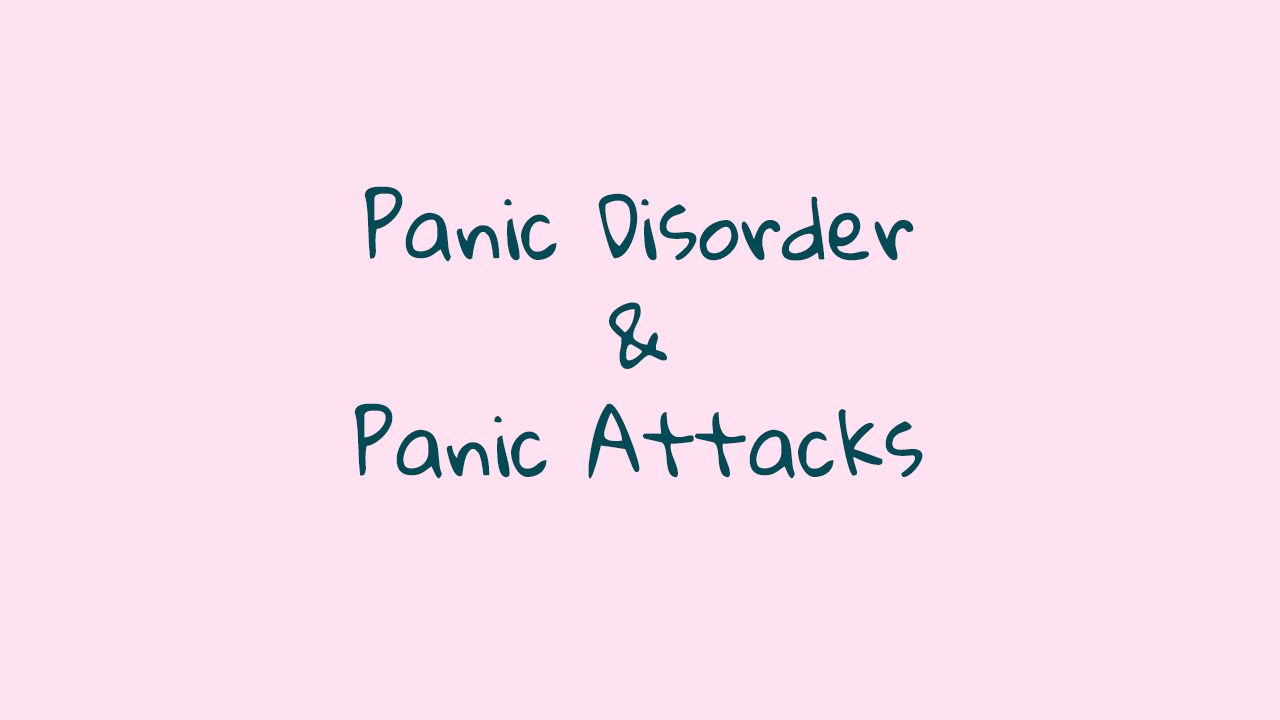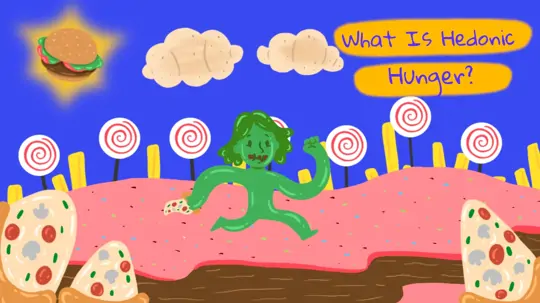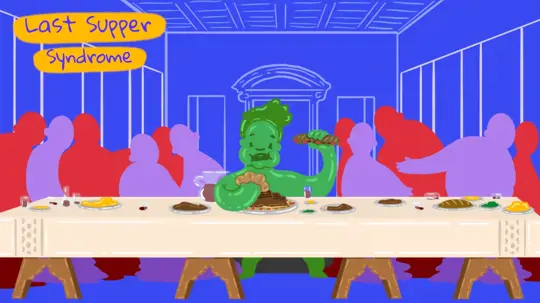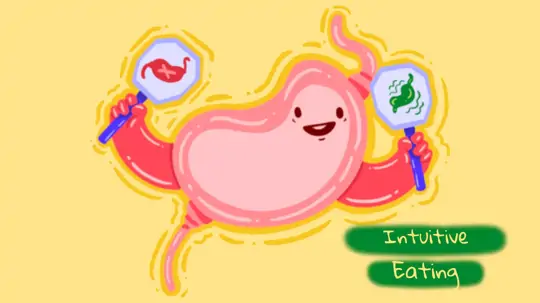
Start feeling better today!
Connect with your therapist today and take control of your life like our 850.000 happy clients.
Get StartedWhat is Panic Disorder?
Although panic attacks are commonly referred to as such, they are actually a symptom of panic disorder. Panic attacks, also known as anxiety attacks, are the most common feature of panic disorder.
Panic disorder, which has been observed for over a century, was given many different names by different experts until 1980. Military surgeons dealing with panic disorder in soldiers during wars in the nineteenth century were unable to recognize all of the physiological symptoms and link the cause to anxiety. During World War I, a syndrome known as heart-impaired action was proposed, and the cardiac manifestations of anxiety became the focus of attention once more. These cardiac symptoms were now associated with anxiety during World War II. Klein coined the term panic disorder in 1964.
Panic disorder affects between 1% and 3% of the population, and it affects women twice as much as men. Although panic disorder is most common between the ages of late adolescence and 30, it can begin in childhood or after the age of 40.
Panic disorder symptoms are frequently associated with stress sensitivity. The first signs appear following stressful events such as life challenges, divorce, or conflicts. Panic disorder is exacerbated by anticipating panic attacks and being afraid of them. The individual is concerned about the potential dangers of panic attacks and the possibility of new attacks. This situation can lead to a variety of maladaptive behaviors.
Symptoms of Panic Disorder
- Recurrent and unexpected panic attacks
- Fear of having an attack at any moment
- This can be interpreted as a fearful decision to avoid crowds and places where they cannot get help.
- Most patients are nervous and restless.
- They genuinely believe they will die or go insane. As a result, they visit emergency rooms frequently.
- Hypochondriac preoccupations are quite abundant.
When a panic disorder is accompanied by the fear of having a panic attack and agoraphobia, the condition is known as panic disorder with agoraphobia. Panic disorder with agoraphobia symptoms include avoiding crowds, streets, shops, and buses for fear of not receiving help or having a panic attack. Panic disorder patients avoid dangerous situations because they are afraid of having panic attacks, and they either never go there or are afraid to go alone. In panic attacks with agoraphobia, agoraphobia develops about a year after the first attack.
Panic attack, which is a symptom of panic disorder, has its own symptoms.
Panic Attack Symptoms
- Palpitation, noticing heartbeats or increased heart rate
- Sweating
- Shaking
- Shortness of breath
- Feeling like you are suffocating
- Dizziness
- Chest pain
- A feeling of tightness in the chest
- Nausea or abdominal pain
- Lightheadedness, fainting
- Fear of going crazy and losing control
- Fear of death
- Numbness
- Chills or hot flashes
Panic attacks occur when at least four of these symptoms appear at the same time and reach their peak in the tenth minute. These attacks typically last 10 to 30 minutes.
Panic attacks frequently occur for no apparent reason, regardless of any event or stimulus, but they can also occur in response to specific stimuli. So, what exactly causes a panic attack? What factors contribute to panic disorder?
Causes of Panic Disorder
Panic disorder, like many other psychological disorders, has no known cause. However, panic disorder, like many other disorders, can be classified into two types.
Biological Causes
According to family and twin studies, the genetic component of panic disorder is quite strong. Among anxiety disorders, panic disorder is the most genetically transmitted. First- and second-degree relatives of panic disorder patients are four to ten times more likely to be diagnosed with panic disorder.
Cognitive Causes
Panic attack symptoms such as fear of dying, going insane, and losing control reveal the cognitive aspect of panic attacks. Panic attacks occur in people who have a heart attack as a result of the palpitations caused by extreme fatigue, excessive caffeine consumption, or nervousness. Panic attack patients are constantly trying to read their bodily sensations and perceive the sensations that are more easily associated with panic attacks. This perception also leads to a panic attack.
How are panic disorders and panic attacks treated? What is their treatment?
Panic Disorder Treatment
The treatment and therapy process for panic disorder and panic attacks has two distinct goals and strategies. One of these is to teach the person how to cope with avoidant behavior in order to prevent agoraphobia. Its goal is to eliminate avoidance by revisiting the feared situations. In this case, the avoided situations are gradually adapted to, with the goal of gradually overcoming their fears without frightening the person. In this type of treatment, the therapist may collaborate with the client.
The cognitive method is another option. In this case, the individual receives psychoeducation about panic attacks and panic disorder, as well as an explanation of why panic attacks occur. The thoughts that the person overreads their bodily sensations and causes them to be catastrophic are discussed in the following step. These misunderstandings are corrected, and breathing exercises are performed to improve breathing. The most important aspect of treatment is explaining to the patient and their family why they should not go to the hospital during panic attacks and convincing them that it is not a heart attack.
People who learn that bodily symptoms are perceived to be more dangerous during panic attacks agree not to go to the emergency room during attacks. Although clients may struggle to cope with avoidant behaviors at first, they will become easier to manage as they recover. Although clients may find therapy difficult at first, it will get easier with time.
Medication and talk therapy should be combined in more severe cases. Antidepressants known as SSRIs (Serotonin Reuptake Inhibitors) are commonly used in drug treatments.
Sources
- Okay, L. (2009). Panic Disorder, Actual Medicine Journal, 32-38.
- Sonmez, S.(2006). Behavioral Changes in Panic Disorder, Unpublished Master's Thesis, Istanbul.





